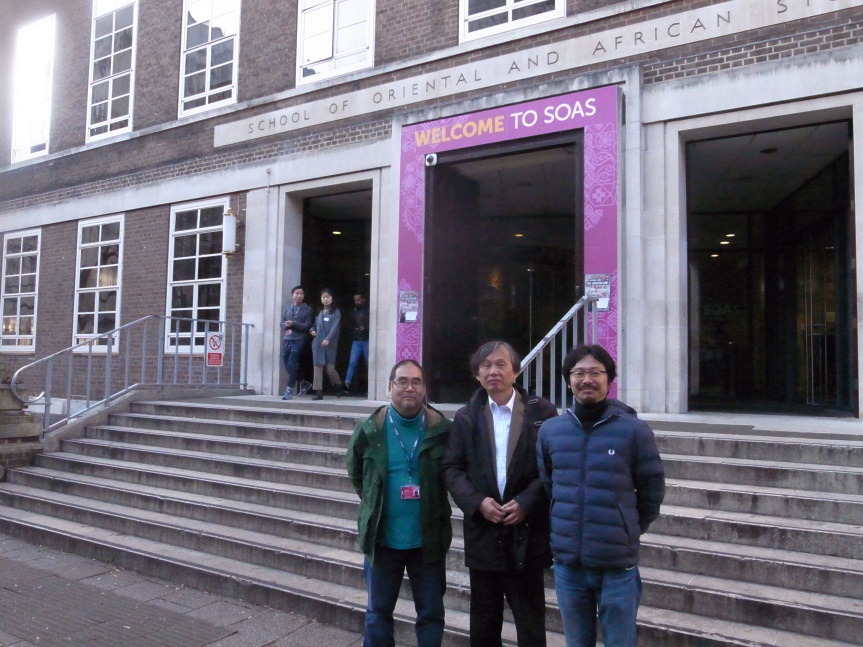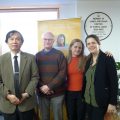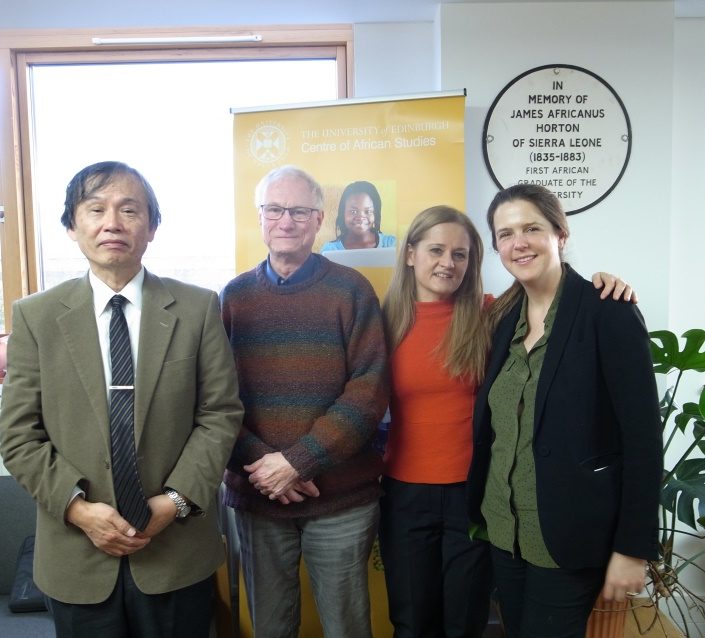
UK Dispatch Report
Kyoto University
Specially Apointed Professor of The Center for African Area Studies
Shigeki Kaji
From October 31 to November 8, I visited Edinburgh and London, UK. The majority of my time was spent in Edinburgh and although it was a short stay overall, it was a meaningful one.
I imagine most people go from London to Edinburgh when travelling around the UK, but I decided to go to Edinburgh first as I was leaving on a Tuesday and preferred not to spend the weekend there. There is an airport in Edinburgh, but from Kansai International Airport I flew with Emirates to Glasgow via Dubai. As it had been a long journey, I spent the night of November 1 in Glasgow and left for Edinburgh on the 2nd.
I visited the University of Glasgow on the morning of the 2nd, but had to leave quickly as I had plans to meet Ms. Barbara Bompani at The University of Edinburgh in the afternoon. The University of Glasgow, like Oxford and Cambridge, is a British university with a long history and many famous alumni. Statues of Adam Smith, an economist who attended the university, can be found around the town. Many of the buildings were sublime and the grand main building was overwhelming.
It takes around 50 minutes to travel from Glasgow to Edinburgh by train. I arrived at the hotel at around one o’clock but had to wait for an hour, as my room was not ready. Consequently, I barely made it on time to meet Ms. Barbara Bompani at three. At the Centre of African Studies in The University of Edinburgh, I was warmly welcomed by Ms. Barbara Bompani, Mr. Allen Bernard, Professor Emeritus at the University of Edinburgh who specializes in Southern African anthropology, and Ms. Hazel Gray, who is visiting the African Centre as part of the Circulation of Talented Researchers Program. Ms. Bompani told me she had good memories from when she visited Japan this January with the Circulation of Talented Researchers Program.
As implied by the nickname “Athens of the North,” Edinburgh has long been known as a knowledge-rich city. The city can roughly be divided into two areas: the southern area, “Old Town” (nearest to the mountains), with a vibrant medieval feel, and the northern area, “New Town” (built in the 18th century).
At The University of Edinburgh, African studies carried out by cultural anthropologists such as Ms. Bompani are mainly development-related. However, it turned out that they are also interested in general cultural anthropology, linguistics, and literature. Although they are involved in some undergraduate education, they are mainly engaged in graduate studies, which is similar to ASAFAS. We had a lot to talk about, including academic exchange with Japan, and about our colleagues Mr. Akira Takada and Mr. JiroTanaka.
There are many foreign exchange students studying in the UK and I walked past quite a few presumably Chinese students while on campus. From my conversation with Ms. Bompani, I learned the very interesting fact that The University of Edinburgh has an online education program. I believe, in some sense, it is a form of correspondence education targeting students around the world, some of which are African students in Africa, but it seems that most are adults who have graduated and now work in NGOs and other organizations.
Time flew by and we had to bid farewell as it was getting late. Fortunately, I will be able see Ms. Gray at the African Center when she visits Kyoto in December.
The next day, I met Ms. Teresa Poeta who teaches Swahili at The University of Edinburgh, and who was introduced to me by Ms. Bompani. Ms. Poeta wrote her doctoral dissertation at SOAS, like Ms. Gray, and started working at The University of Edinburgh last fall. Although she does not officially belong to the African Center, it seems that she collaborates with them. In the past, I have done research on Swahili in Congo so we decided it would be a good idea to keep in touch.
On February 4th, Ms. Poeta and I met with Mr. Bert Remijsen who works in Linguistics, predominantly in Phonetics and Field Linguistics. This was our first time meeting each other but we had plenty to talk about as he was from a Flemish-speaking region in Belgium and we had many friends in common.
On the 5th, I left for London by train. Upon leaving Edinburgh, the train ran along the coast and the scenery was very pleasing to the eye. It took a little over 5 hours from Edinburgh to Kings Cross in London.
In London, I visited the School of Oriental and African Studies (SOAS) at the University of London. At SOAS, I met Mr. Kenji Okano of Tokyo University of Foreign Studies (specializing in Burmese) and Mr. Daisuke Shinagawa of the Research Institute for Languages and Cultures of Asia and Africa at the Tokyo University of Foreign Studies (specializing in African Linguistics). Mr. Okano and Mr. Shinagawa were also in London for the Circulation of Talented Researchers Program. Unfortunately, I was unable to meet with African Linguists Lutz Marten and Sheena Shah, who were away in Germany at the time.
This visit to Glasgow, Edinburgh, and London was a whirlwind trip but I learned a lot about the research at each university. While Japanese scholars, particularly at Kyoto University and its African Center, largely focus on fieldwork-based research, this is not necessarily the case globally. I cannot help but feel that collaboration between universities, based on the complementary research strengths of each, will thrive in the future.
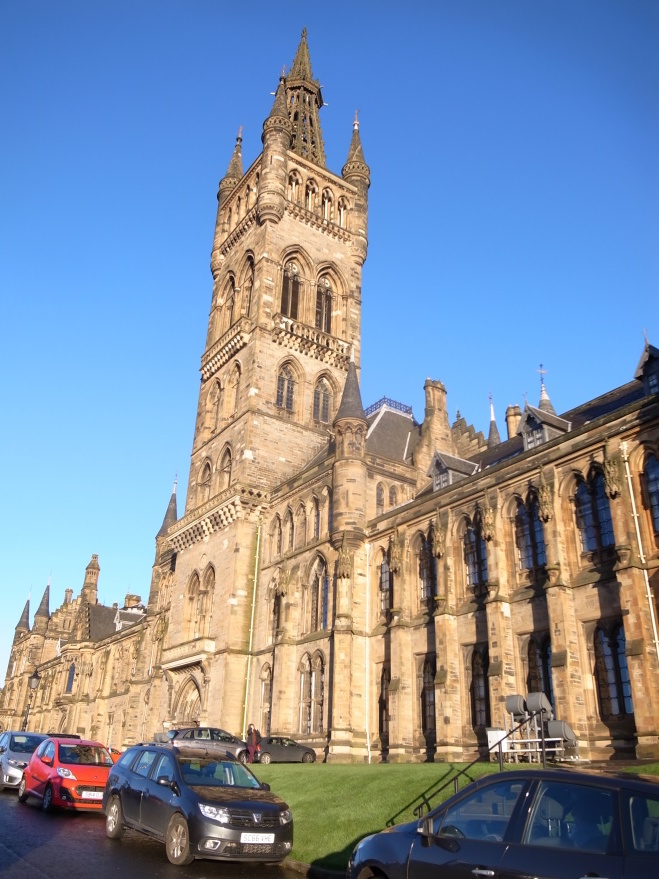
Image 1: The University of Glasgow is a historical university with a mix of old and new architecture.
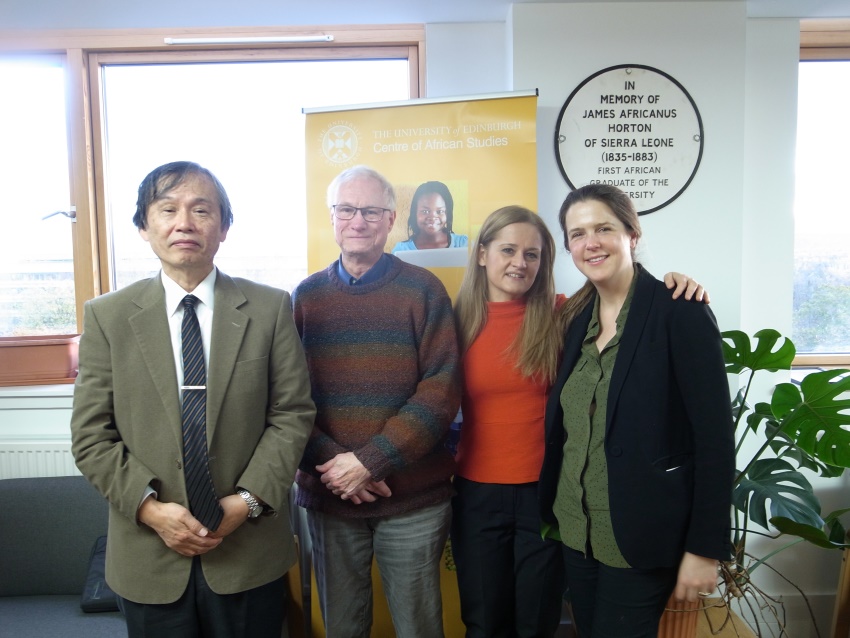
Image 2: At the African Center in The University of Edinburgh. From left to right, Mr. Allen Bernard, Ms. Barbara Bompani, and Ms. Hazel Gray.
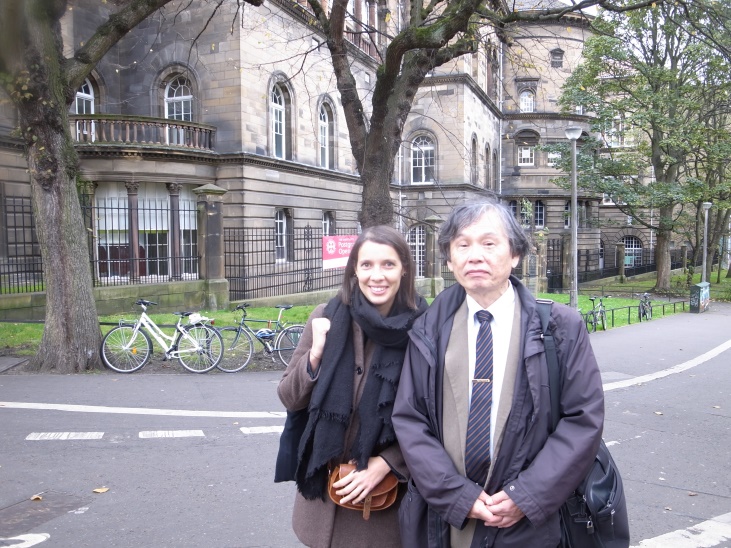
Image 3: With Ms. Teresa Poeta in front of the University of Edinburgh.

